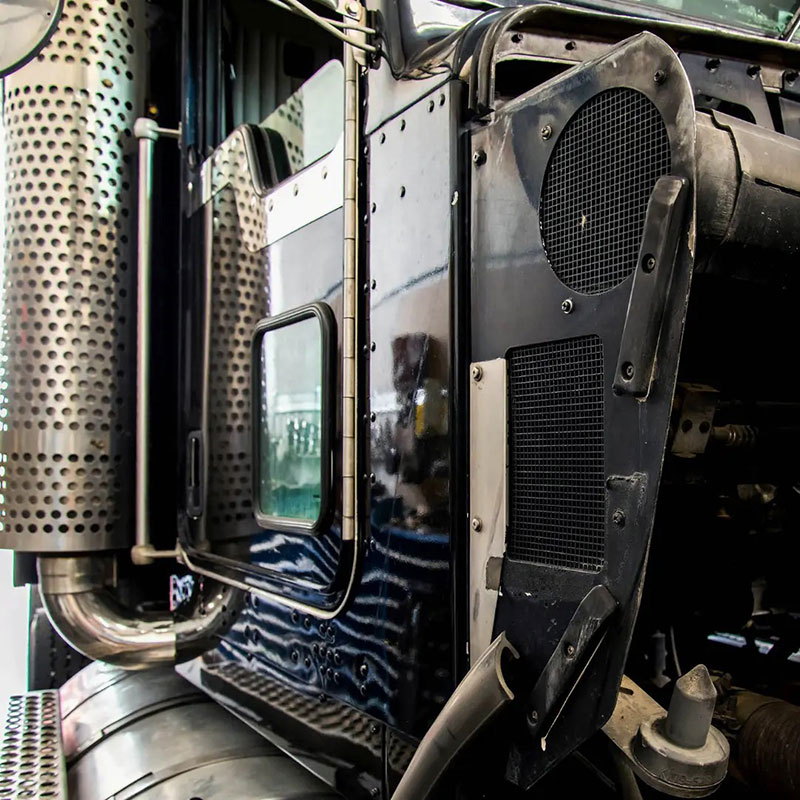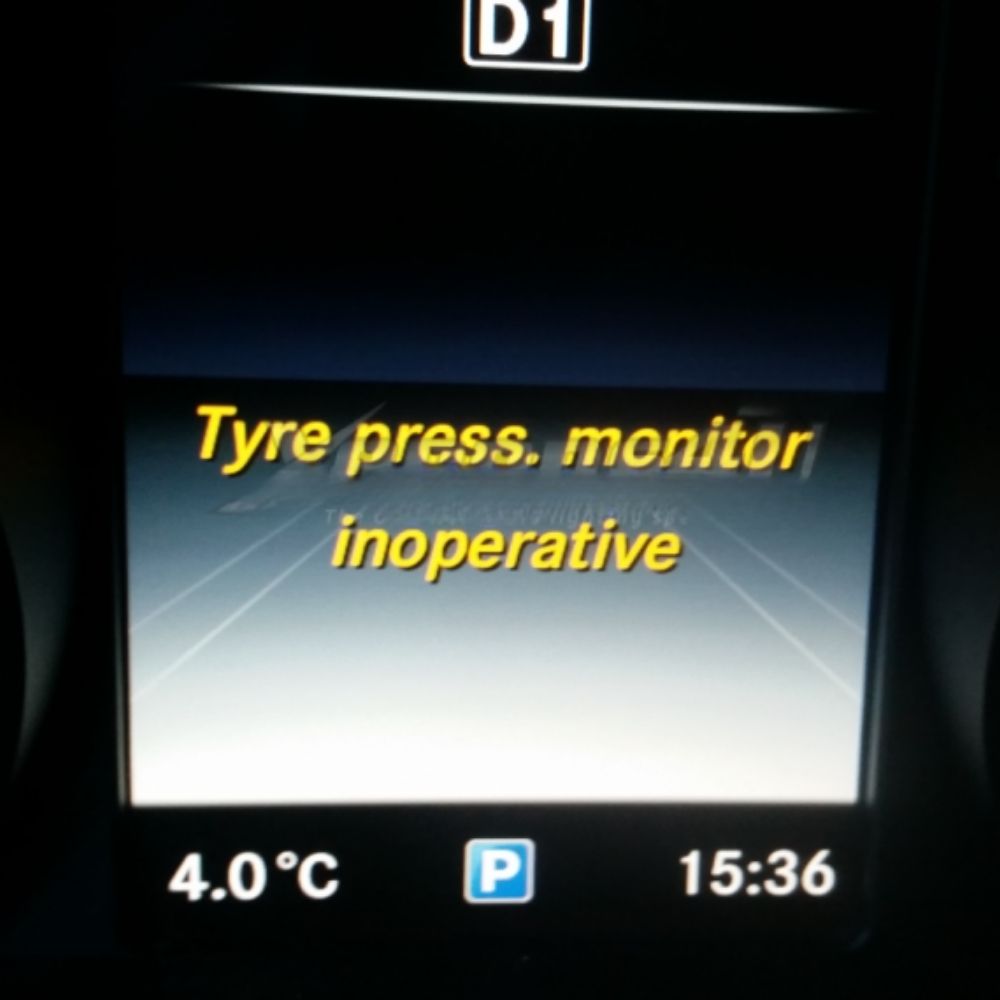

Understanding Truck Exhaust Systems: Components, Function & Troubleshooting
Contents
- What is a Truck Exhaust System?
- Core Components and Functions of Truck Exhaust Systems
- Fundamental Components and Design
- Functional Purposes
- Types of Truck Exhaust Systems
- Standard Configuration Types
- Mining Truck Exhaust Systems
- Advanced Emissions Control Technologies
- Aftertreatment System Components
- Integrated Emissions Control Strategy
- Performance Considerations and Aftermarket Upgrades
- Performance Implications
- Available Aftermarket Solutions
- Maintenance and Preventive Care
- Inspection Procedures
- Environmental Considerations
- Regulatory Framework and Environmental Impact
- Current Emissions Standards
- Technological Response
- Conclusion
- Need help with your truck’s exhaust system?
Truck Exhaust Systems play a crucial role in modern vehicle operation, contributing to emissions control, performance optimization, and compliance with stringent regulatory standards. This article explores the fundamental design, core components, functional purposes, and evolving technologies behind truck exhaust systems.
What is a Truck Exhaust System?
A truck exhaust system is a series of components designed to channel, treat, and expel combustion gases produced by the engine. It ensures proper emissions control, reduces engine noise, and optimizes vehicle performance.
Core Components and Functions of Truck Exhaust Systems
Fundamental Components and Design
A truck exhaust system consists of interconnected components that manage exhaust gas flow and noise suppression. Key components include:
- Exhaust Manifold: Collects exhaust gases from the engine’s cylinders and channels them into a single flow path.
- Exhaust Pipes: Serve as conduits for directing gases through the system.
- Muffler: Reduces engine noise through internal chambers and baffles.
- Catalytic Converter: Reduces harmful emissions by converting pollutants into less harmful compounds.
- Diesel Particulate Filter (DPF): Captures and oxidizes soot to reduce particulate emissions.
- Selective Catalytic Reduction (SCR): Uses Diesel Exhaust Fluid (DEF) to neutralize nitrogen oxide emissions.
Functional Purposes
Truck exhaust systems perform essential functions beyond routing exhaust gases:
- Gas Management: Safely channels harmful gases away from the engine and cabin.
- Noise Reduction: Mufflers and resonators reduce noise pollution.
- Performance Enhancement: Optimized exhaust flow prevents engine back pressure, improving power output and fuel efficiency.
- Emissions Control: Advanced components like DPF and SCR reduce pollutants.
Types of Truck Exhaust Systems
Standard Configuration Types
Truck exhaust systems are typically categorized as:
- Vertical Exhaust Systems: Common in heavy-duty trucks, these stacks disperse exhaust gases upward, reducing ground-level emissions.
- Horizontal Exhaust Systems: Found in medium-duty trucks, these systems expel gases at the rear or side, offering a lower profile design.
Mining Truck Exhaust Systems
Mining trucks require specialized exhaust configurations due to extreme operating conditions. The main types include:
- Inframe Systems: Exhaust pipes run along the vehicle’s frame for better heat management.
- Fender-Mounted Systems: Shorter exhaust paths located near the engine for cost-effectiveness.
Advanced Emissions Control Technologies
Aftertreatment System Components
To meet modern emissions regulations, truck exhaust systems incorporate advanced technologies such as:
- Diesel Oxidation Catalyst (DOC): Converts carbon monoxide and hydrocarbons into less harmful substances.
- Exhaust Gas Recirculation (EGR): Recirculates exhaust gases back into the engine to lower combustion temperatures and emissions.
- SCR System: Reduces nitrogen oxides using DEF injection.
Integrated Emissions Control Strategy
Modern truck exhaust systems follow a multi-stage emissions control process:
- DOC: Begins the oxidation process.
- DPF: Traps and removes particulate matter.
- SCR System: Reduces nitrogen oxides using DEF injection.
- EGR: Lowers combustion temperatures to further cut emissions.
Performance Considerations and Aftermarket Upgrades
Performance Implications
Factory exhaust systems prioritize cost and noise control but may restrict performance. Aftermarket upgrades enhance efficiency through:
- Larger Diameter Piping: Reduces back pressure, improving gas flow.
- Mandrel Bends: Prevent flow restrictions by maintaining consistent pipe diameter.
- High-Flow Mufflers: Optimize exhaust scavenging without excessive noise.
Available Aftermarket Solutions
Popular aftermarket exhaust system options include:
- Axle-Back Systems: Replace the rear section for moderate gains.
- Cat-Back Systems: Replace all components behind the catalytic converter for better performance and sound enhancement.
- Header-Back Systems: Replace the entire exhaust path, though less common due to emissions regulations.
Maintenance and Preventive Care
Inspection Procedures
Regular inspections ensure longevity and performance. Key areas to check include:
- Mufflers and Pipes: Look for rust, perforations, or loose connections.
- Mounting Components: Ensure hangers and clamps remain secure.
- Heat Shields: Prevent excessive heat transfer to sensitive components.
Environmental Considerations
Exhaust systems face wear from:
- Road Salt and Moisture: Accelerates corrosion.
- Thermal Cycling: Repeated heating and cooling weakens materials.
- Off-Road Conditions: Exposure to mud, gravel, and debris increases damage risk.
Regulatory Framework and Environmental Impact
Current Emissions Standards
The U.S. Environmental Protection Agency (EPA) has implemented new emissions regulations, including the Phase 3 Greenhouse Gas Standards for heavy-duty vehicles (2027-2032). These regulations target:
- Heavy-Duty Vocational Vehicles: Delivery trucks, buses, utility trucks.
- Tractor-Trailers: Day cab and sleeper cab configurations.
Technological Response
Manufacturers are incorporating digital control systems for real-time emissions monitoring. Modern sensors track:
- Temperature Levels: Ensure proper aftertreatment function.
- NOx Concentrations: Optimize SCR efficiency.
- Particulate Levels: Maintain DPF regeneration cycles.
Conclusion
Truck exhaust systems have evolved into highly engineered solutions that balance emissions control, performance, and regulatory compliance. As technology advances, new innovations will continue to shape the next generation of truck exhaust systems, improving efficiency while reducing environmental impact. Whether through factory improvements or aftermarket upgrades, these systems remain a vital component of modern trucking operations.
By understanding the key components, available upgrades, and regulatory landscape, truck owners and fleet operators can make informed decisions to optimize performance and sustainability.
Need help with your truck’s exhaust system?
Contact us via WhatsApp: +1(936)2896695, email AutoExplain[email protected] or visit us at 4590 Angus Road, New York, United States. Our 24/7 customer service team is ready to assist you.


How to Perform 7 Speed DSG Basic Settings with ODIS on Skoda Octavia

How do you fix a Tire Pressure Monitor Inoperative Mercedes

Mercedes Temperature Offset Coding: Set Air Conditioner Colder Using DTS Monaco
Mercedes Sprinter Engine Code Location: A Comprehensive Guide






